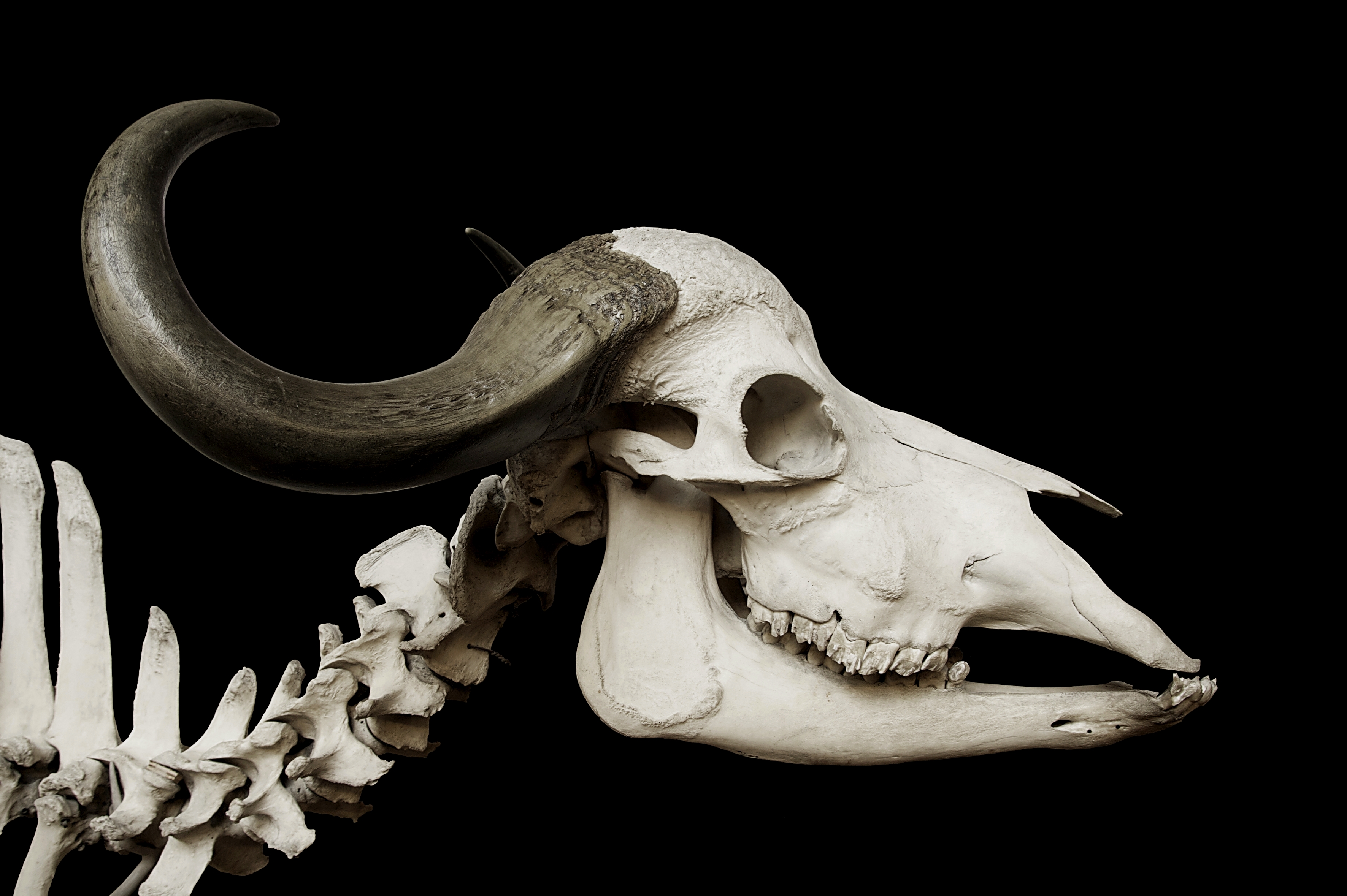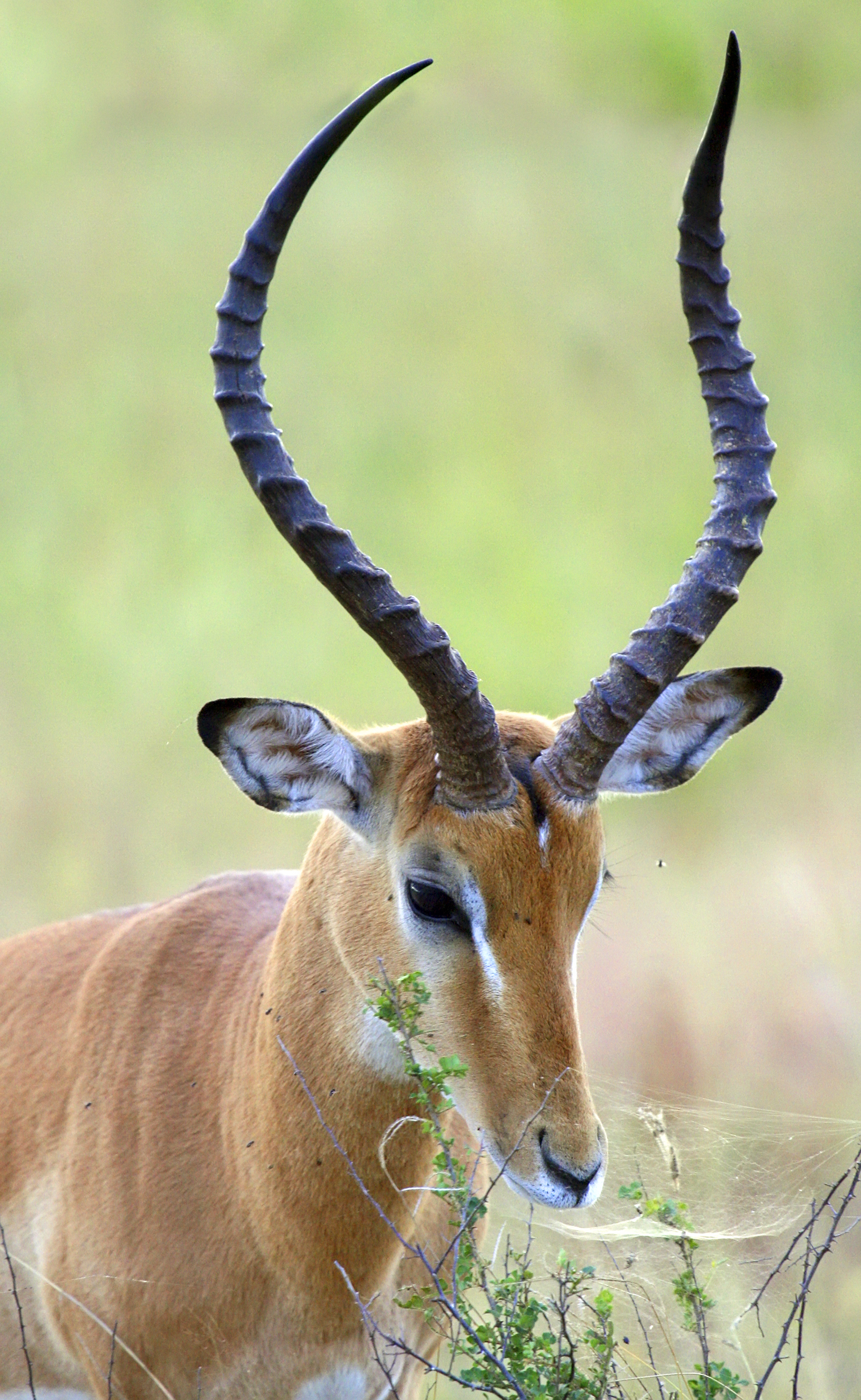|
African Buffalo
The African buffalo (''Syncerus caffer)'' is a large sub-Saharan African bovine. The adult African buffalo's horns are its characteristic feature: they have fused bases, forming a continuous bone shield across the top of the head, referred to as a "boss". The African buffalo is more closely related to other buffalo species than it is to other bovids such as American bison or domestic cattle, with its closest living relative being the Asian water buffalo. Its unpredictable temperament may be part of the reason that the African buffalo has never been domesticated, which would also explain why the African buffalo has no domesticated descendants, unlike the wild yak and wild water buffalo which are the ancestors of the Yak, domestic yak and water buffalo. Natural predators of adult African buffaloes include lions, African wild dogs, spotted hyenas, and Nile crocodiles. As one of the Big Five game animals, the Cape buffalo is a sought-after trophy in hunting. Description The Afri ... [...More Info...] [...Related Items...] OR: [Wikipedia] [Google] [Baidu] |
Middle Pleistocene
The Chibanian, more widely known as the Middle Pleistocene (its previous informal name), is an Age (geology), age in the international geologic timescale or a Stage (stratigraphy), stage in chronostratigraphy, being a division of the Pleistocene Epoch within the ongoing Quaternary Period. The Chibanian name was officially ratified in January 2020. It is currently estimated to span the time between 0.7741 annum, Ma (774,100 years ago) and 0.129 Ma (129,000 years ago), also expressed as 774.1–129 ka. It includes the transition in palaeoanthropology from the Lower Paleolithic, Lower to the Middle Paleolithic over 300 ka. The Chibanian is preceded by the Calabrian (stage), Calabrian and succeeded by the Late Pleistocene. The beginning of the Chibanian is the Brunhes–Matuyama reversal, when the Earth's magnetic field last underwent reversal. Its end roughly coincides with the termination of the Penultimate Glacial Period and the onset of the Last Interglacial period (correspondin ... [...More Info...] [...Related Items...] OR: [Wikipedia] [Google] [Baidu] |
Wild Water Buffalo
The wild water buffalo (''Bubalus arnee''), also called Asian buffalo, Asiatic buffalo and wild buffalo, is a large bovine native to the Indian subcontinent and Southeast Asia. It has been listed as ''Endangered'' in the IUCN Red List since 1986, as the remaining population totals less than 4,000. A population decline of at least 50% over the last three generations (24–30 years) is projected to continue. The global population has been estimated at 3,400 individuals, of which 95% live in India, mostly in Assam. The wild water buffalo is the most likely ancestor of the domestic water buffalo. Taxonomy ''Bos arnee'' was the scientific name proposed by Robert Kerr in 1792 who described a skull with horns of a buffalo zoological specimen from Bengal in northern India. The specific name ''arnee'' is derived from Hindi ''arnī'', which referred to a female wild water buffalo; the term is related to Sanskrit ''áraṇya'' ("forest") and ''áraṇa'' ("strange, foreign.") ''Bubalus ... [...More Info...] [...Related Items...] OR: [Wikipedia] [Google] [Baidu] |
East Africa
East Africa, also known as Eastern Africa or the East of Africa, is a region at the eastern edge of the Africa, African continent, distinguished by its unique geographical, historical, and cultural landscape. Defined in varying scopes, the region is recognized in the United Nations Statistics Division United Nations geoscheme for Africa, scheme as encompassing 18 sovereign states and 4 territories. It includes the Horn of Africa to the North and Southeastern Africa to the south. Definitions In a narrow sense, particularly in English-speaking contexts, East Africa refers to the area comprising Kenya, Tanzania, and Uganda, largely due to their shared history under the Omani Empire and as parts of the British East Africa Protectorate and German East Africa. Further extending East Africa's definition, the Horn of Africa—comprising Djibouti, Eritrea, Ethiopia, and Somalia—stands out as a distinct geopolitical entity within East Africa.Robert Stock, ''Africa South of the Sahara, ... [...More Info...] [...Related Items...] OR: [Wikipedia] [Google] [Baidu] |
Southern Africa
Southern Africa is the southernmost region of Africa. No definition is agreed upon, but some groupings include the United Nations geoscheme for Africa, United Nations geoscheme, the intergovernmental Southern African Development Community, and the #Definitions and Usage, physical geography definition based on the physical characteristics of the land. The most restrictive definition considers the region of Southern Africa to consist of Botswana, Eswatini, Lesotho, Namibia, and South Africa, while other definitions also include several other countries from the area. Defined by physical geography, Southern Africa is home to several river systems; the Zambezi, Zambezi River is the most prominent. The Zambezi flows from the northwest corner of Zambia and western Angola to the Indian Ocean on the coast of Mozambique. Along the way, it flows over Victoria Falls on the border between Zambia and Zimbabwe. Victoria Falls is one of the largest waterfalls in the world and a major tourist a ... [...More Info...] [...Related Items...] OR: [Wikipedia] [Google] [Baidu] |
Nominotypical Subspecies
In biological classification, subspecies (: subspecies) is a rank below species, used for populations that live in different areas and vary in size, shape, or other physical characteristics ( morphology), but that can successfully interbreed. Not all species have subspecies, but for those that do there must be at least two. Subspecies is abbreviated as subsp. or ssp. and the singular and plural forms are the same ("the subspecies is" or "the subspecies are"). In zoology, under the International Code of Zoological Nomenclature, the subspecies is the only taxonomic rank below that of species that can receive a name. In botany and mycology, under the International Code of Nomenclature for algae, fungi, and plants, other infraspecific ranks, such as variety, may be named. In bacteriology and virology, under standard bacterial nomenclature and virus nomenclature, there are recommendations but not strict requirements for recognizing other important infraspecific ranks. A taxo ... [...More Info...] [...Related Items...] OR: [Wikipedia] [Google] [Baidu] |
Subspecies
In Taxonomy (biology), biological classification, subspecies (: subspecies) is a rank below species, used for populations that live in different areas and vary in size, shape, or other physical characteristics (Morphology (biology), morphology), but that can successfully interbreed. Not all species have subspecies, but for those that do there must be at least two. Subspecies is abbreviated as subsp. or ssp. and the singular and plural forms are the same ("the subspecies is" or "the subspecies are"). In zoology, under the International Code of Zoological Nomenclature, the subspecies is the only taxonomic rank below that of species that can receive a name. In botany and mycology, under the International Code of Nomenclature for algae, fungi, and plants, other infraspecific name, infraspecific ranks, such as variety (botany), variety, may be named. In bacteriology and virology, under standard International Code of Nomenclature of Prokaryotes, bacterial nomenclature and virus clas ... [...More Info...] [...Related Items...] OR: [Wikipedia] [Google] [Baidu] |
Bovid Hybrid
A bovid hybrid is the Hybrid (biology), hybrid offspring of members of two different species of the bovid family. There are 143 extant species of bovid, and the widespread domestication of several species has led to an interest in hybridisation for the purpose of encouraging traits useful to humans, and to preserve declining populations. Bovid hybrids may occur naturally through undirected interbreeding, traditional pastoral practices, or may be the result of modern interventions, sometimes bringing together species from different parts of the world. ''Bos'' hybrids The following are examples of hybrids including species or sub-species in the ''Bos'' genus. Hybrids between bison and domestic cattle The American bison (''Bison bison'') and European bison (''Bison bonasus'') have been hybridized with domestic cattle (''Bos taurus''). European bison The wisent, or European bison, was originally crossed with cattle in an attempt to reinvigorate the declining wisent popula ... [...More Info...] [...Related Items...] OR: [Wikipedia] [Google] [Baidu] |
Horn (anatomy)
A horn is a permanent pointed projection on the head of various animals that consists of a covering of keratin and other proteins surrounding a core of live bone. Horns are distinct from antlers, which are not permanent. In mammals, true horns are found mainly among the ruminant artiodactyls, in the families Antilocapridae ( pronghorn) and Bovidae ( cattle, goats, antelope etc.). Cattle horns arise from subcutaneous connective tissue (under the scalp) and later fuse to the underlying frontal bone. One pair of horns is usual; however, two or more pairs occur in a few wild species and in some domesticated breeds of sheep. Polycerate (multi-horned) sheep breeds include the Hebridean, Icelandic, Jacob, Manx Loaghtan, and the Navajo-Churro. Horns usually have a curved or spiral shape, often with ridges or fluting. In many species, only males have horns. Horns start to grow soon after birth and continue to grow throughout the life of the animal (except in pronghorns, whi ... [...More Info...] [...Related Items...] OR: [Wikipedia] [Google] [Baidu] |
Bovinae
Bovines (subfamily Bovinae) comprise a diverse group of 10 genera of medium to large-sized ungulates, including cattle, bison, African buffalo, water buffalos, and the four-horned and spiral-horned antelopes. The members of this group are classified into loose tribes rather than formal subgroups, as the evolutionary relationships within the groups are still uncertain. General characteristics include cloven hooves and usually at least one of the sexes of a species having true horns. The largest extant bovine is the gaur. In many countries, bovid milk and meat is used as food by humans. Cattle are kept as livestock almost everywhere except in parts of India and Nepal, where they are considered sacred by most Hindus. Bovids are used as draft animals and as riding animals. Small breeds of domestic bovid, such as the Miniature Zebu, are kept as pets. Bovid leather is durable and flexible and is used to produce a wide range of goods including clothing and bags. Systematics and ... [...More Info...] [...Related Items...] OR: [Wikipedia] [Google] [Baidu] |
Syncerus Caffer African Buffalo Skull MNHN
''Syncerus'' is a genus of African bovid that contains the living Cape buffalo ''(Syncerus caffer)'', including the distinct African forest buffalo The African forest buffalo (''Syncerus caffer nanus''), also known as the dwarf buffalo or the Congo buffalo, is the smallest subspecies of the African buffalo. It is related to the Cape buffalo (''Syncerus caffer caffer''), the Sudan buffalo .... At least one extinct species belongs to this genus; '' Syncerus acoelotus''. The extinct giant African buffalo ('' Syncerus antiquus'') is also included in this genus by many authorities. References Mammal genera Mammal genera with one living species Taxa named by Brian Houghton Hodgson Bubalina {{eventoedungulate-stub ... [...More Info...] [...Related Items...] OR: [Wikipedia] [Google] [Baidu] |






